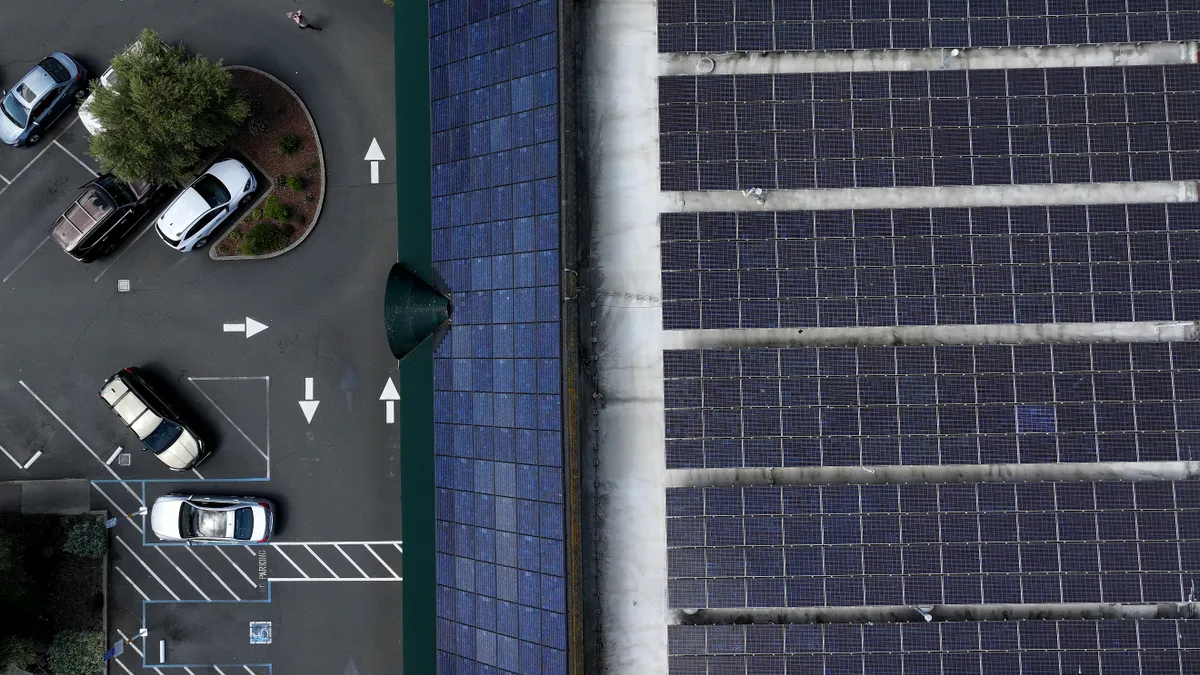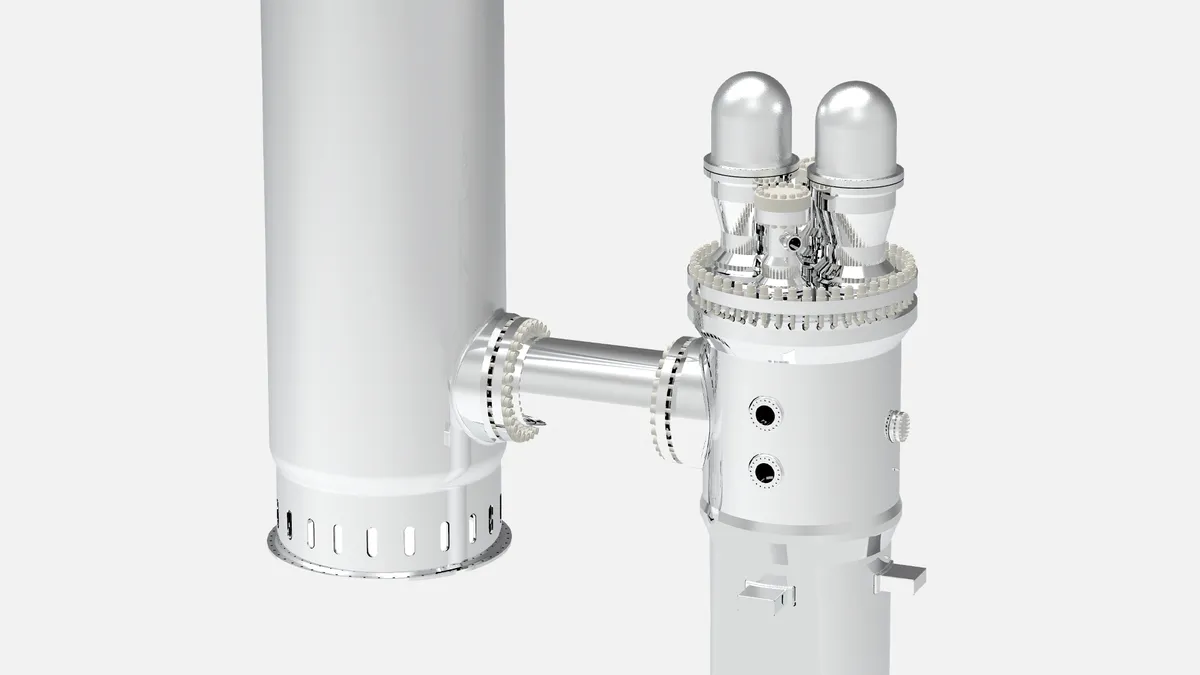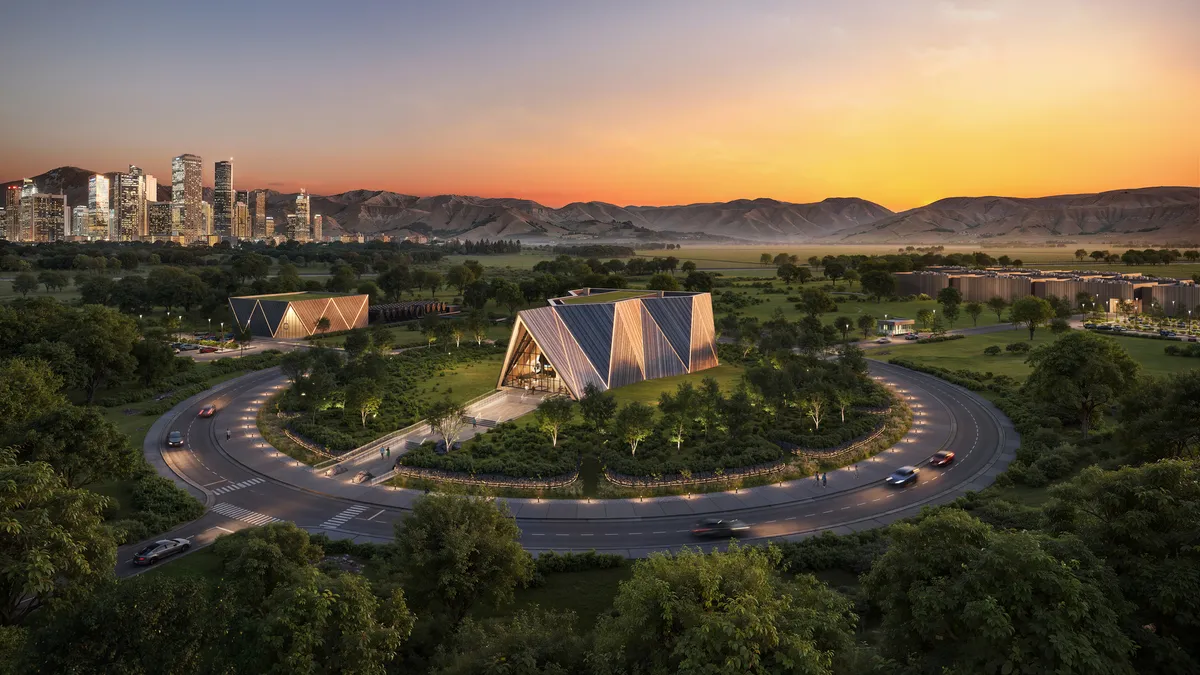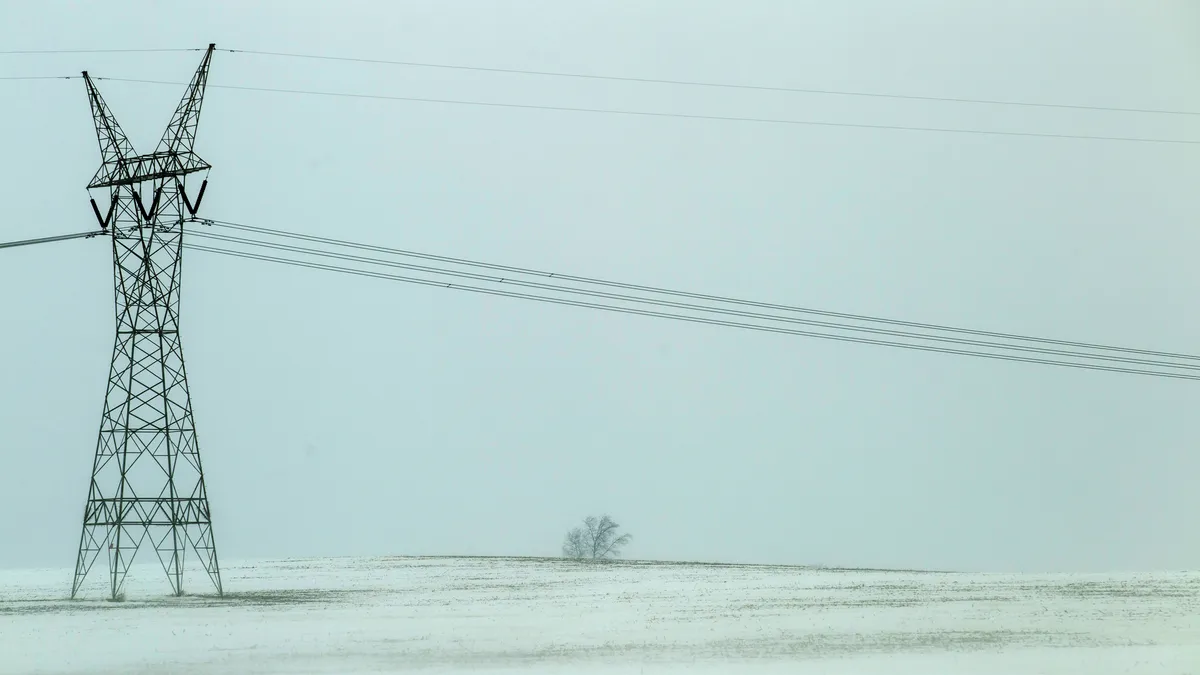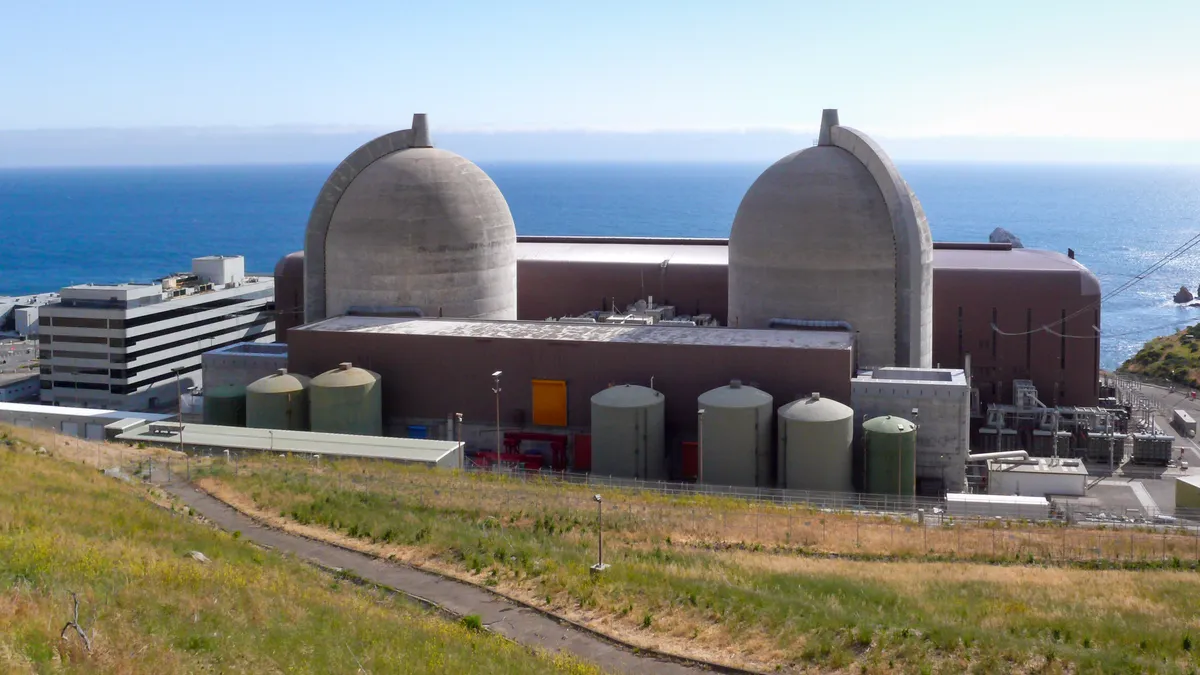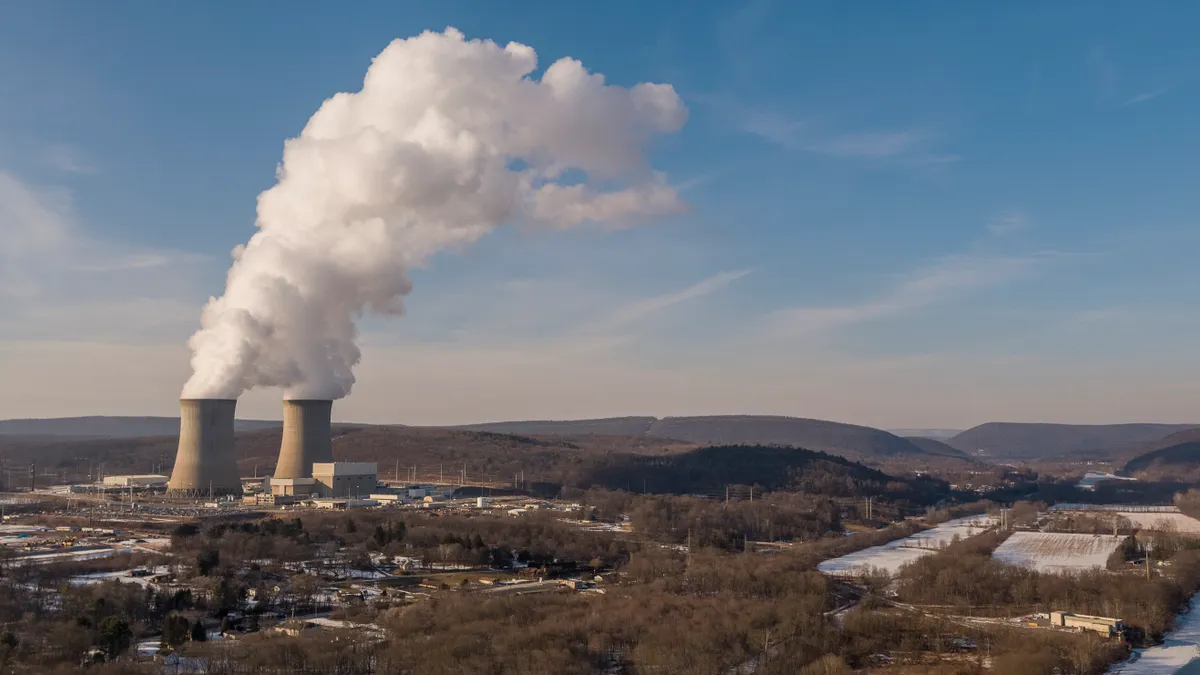A new era of grid operations is about to begin in California.
The state's grid operator is preparing to offer aggregators of distributed energy resources (DERs) the opportunity to sell into its marketplace, the first in the nation to do so. The plan has the full attention of the state’s utilities and its solar and energy storage providers.
“Small DERs cannot be treated the same as a large resource,” explained California Independent System Operator (the ISO or CAISO) Sr. Public Information Officer Steven Greenlee.
DERs are “the resources on the customer side or the distribution grid side of the electric system, such as rooftop solar, energy storage, plug-in electric vehicles, and demand response,” reports the ISO’s Distributed Energy Resource Provider (DERP) Draft Final Proposal. They are typically below the 500 kW minimum size required to sell into the ISO system.
But with “proper aggregation” they will offer multiple operational benefits and the ISO is working to facilitate the participation of the DER provider (DERP) in wholesale markets consistent with reliable system operations.
The plan “allows the aggregator, which could be a utility or any other entity, to have access to the ISO electricity market,” Greenlee said.
Stakeholder buy in so far
The “straw proposal,” an early draft of the ISO’s DERP initiative, was published last November to give stakeholders an opportunity to comment. Many of them found the original plan to be too convoluted.
Pacific Gas and Electric (PG&E) “generally supports” the initiative and “largely agrees” with its aims, it said in its comment. Like other stakeholders, its clearest ask was for clarification of details this year rather than, as indicated by the straw proposal, in 2016.
This would, PG&E officials wrote, coordinate the ISO’s program with related initiatives and California Public Utility Commission (CPUC) proceedings on distributed ersources. The utility also asked for an avenue for demand response participation and recommended a distinction between power from energy storage sources and generation sources.
Southern California Edison (SCE) filed more specific and serious concerns with the straw proposal’s complexity. “Portions of this proposal, while allowing for aggregation, fundamentally show a distrust of such aggregation,” it asserted.
The rules could turn out “so difficult to navigate that they serve as barriers to integration,” SCE officials wrote.
SCE’s heightened sense of urgency is likely driven by its greater exposure to distributed resources. The utility bought more than 260 MW of energy storage last year when it contracted for 1,892 MW of power to fill its 2014 Local Capacity Requirements (LCR). It will replace generation lost from the shuttering of the San Onofre Nuclear Generating Station and planned closures of natural gas plants required by water conservation measures.
“The LCR storage contracts are likely to be the first examples of operational multiple use applications in California (outside of pilot programs),” explained a joint filing on the ISO’s straw proposal by Advanced Microgrid Solutions (AMS), SolarCity, and Stem.
Of the behind-the-meter storage acquired by SCE in its LCR buy, 50 MW were from AMS and 85 MW were from Stem. Under CPUC administration, “there are strict deadlines for commercial operation,” their joint filing said. “This initiative should prioritize the clarification and enablement of this configuration ahead of other multiple use applications.”
Stem will have “hundreds” of distributed storage sites in operation by the end of this year, AMS will have 10 MW in operation next year, and SolarCity “has deployed over 300 energy storage systems for residential and commercial customers across California,” they report. “Few companies feel the urgency around resolving barriers for aggregated behind-the-meter resources as we do.”
CAISO's final plan
The final draft of the ISO's plan answers many of the stakeholder concerns, with a focus on details of expanded metering and telemetry, the communications and counting methods, and the technologies the grid operator will need.
In today's California market, all of CAISO's centralized generators have a resource identity (resource ID) and are required to have “revenue quality metering.” That can be via a direct interaction between the ISO and the resource ID, or it can be through a scheduling coordinator that mediates between the ISO and the resource ID. But for distributed resources, assigning a resource ID to each one is not feasible.
“We can’t put an ISO meter on every rooftop solar installation,” Greenlee said. “The cost would be prohibitive.”
To solve that issue, the proposal allows a scheduling coordinator to take administrative control of aggregated distributed energy accounts and meter them with any technology, including any online technology, that suits their purposes, Greenlee explained. The aggregator can be its own scheduling coordinator or can hire a third-party.
A directly connected interface between the ISO and the aggregator is no longer required, and any communication network or protocol that provides the necessary data in a timely way is acceptable, Greenlee said. “It is up to the scheduling coordinator to give us settlement quality data and audit it and ensure accuracy if the ISO audits.”
Service coordinators serve as the go-between for CAISO and the DER owners, ensuring resources are aggregated and delivered to the ISO properly.
With the issue of counting the DERPs clarified, the proposal takes up the question of how the ISO can keep track of the multiple sources and types and locations of DERs with which it will have to deal.
“There are some 4,900 market pricing nodes (PNodes) on the ISO system," Greenlee said. The system is also divided into load aggregation points (LAPs) that follow the territories of the state’s three investor-owned utilities. They are subdivided into sub-LAPs.
Under the new proposal, “there can be multiple small resources across multiple PNodes but they can only be in one sub-LAP,” Greenlee explained.
Within that sub-LAP, “aggregations that span multiple PNodes have to be the same type of resource and they have to be doing the same thing. We can’t have one resource sending electricity to the grid and another taking electricity from the grid.”
One PNode, one sub-LAP
“Several stakeholders expressed concern that DERP aggregations will be limited to a single sub-LAP,” the final draft notes, but “the ISO proposes to retain this design element.”
Stakeholders object because this seems to needlessly limit aggregators geographically. But from a system reliability standpoint, the ISO thinks the limits could be necessary.
“We are concerned it would impact our ability to assess congestion and identify critical constraints,” if DERP aggregations could bridge sub-LAPs, Greenlee said.
“If in a market run a constraint is identified between these two sub-LAPs, then the DERP aggregation would be simultaneously on the ‘right’ side and on the ‘wrong’ side of the constraint,” the final draft explains. “The potential exists that a dispatch instruction issued to this DERP aggregation to alleviate a constraint between these two sub-LAPs may actually exacerbate the problem.”
In layman's terms, that means that if there is some sort of energy supply or frequency issue between two sub-LAPs, the ISO wants to be able to call on distributed resource aggregations to alleviate that constraint. But if the group of DERs spans across both sub-LAP regions, then one group can't balance out the other.
It is simpler for the ISO if all the resources are in one PNode and one sub-LAP, Greenlee said. The aggregator can mix and match resources at that point because the impact from the ISO’s perspective would be of a single, unidirectional flow at that PNode.
“The ISO can know precisely the location of the DERP aggregation’s response to dispatch and hence can evaluate its effect on congestion management,” if aggregations don't span multiple sub-LAPs, the final proposal reports.
Mixing DERs
Because “many stakeholders expressed concern that the ISO proposal will not permit mixing of sub-resource types in a DERP aggregation,” the final proposal acknowledges, the ISO will only retain this limitation for DERP aggregations of sub-resources “across more than one PNode.”
For aggregations across multiple PNodes, “all sub-resources must be homogenous and all sub-resources must move in the same direction as the ISO dispatch instruction,” the final proposal states.
Homogenous aggregations are those in which all sub-resources are generation, energy storage acting together in charge or discharge only, or are load. For aggregations of energy storage, all sub-resources must be operating in the same mode (i.e., charging or discharging, but not a mix of the two) in response to an ISO dispatch.
The ISO performs network analyses to make certain the system is receiving what the market is selling into it. Sub-resources in an aggregation across multiple PNodes can cause distribution variability. But the PNode distribution variability must be minimized or “the congestion impacts estimated in the network analysis will be off.”
Until the ISO has enough operational experience to know whether the distribution variability would be a problem, it wants to limit DER aggregations “to those that move in the same direction as the ISO dispatch instruction.”
This is especially relevant to aggregated solar-plus-storage technologies that might be producing both load and generation, the final draft acknowledges. “The ISO recognizes that there is great interest in aggregating mixtures of rooftop solar, energy storage, plug-in electric vehicles, and demand response across multiple PNodes, without all the limitations required in this proposal. The ISO plans to examine such options in subsequent initiatives.”
Wait ‘til next year
Several stakeholders suggested provisions be made for demand response (DR) in aggregations of distributed resources, but the ISO chose to limit its role.
A separate Proxy Demand Resource (PDR) and Reliability Demand Response Resource (RDRR) framework uses a baseline methodology performance measure to bring resources that reduce load into the marketplace.
Stakeholders suggested including in the DERP final proposal both the alternative baselines for PDR, and the alignment between distribution level interconnection and the ISO New Resource Implementation process. They are part of a separate energy storage initiative.
These suggestions were declined. To facilitate bringing aggregated DERs into its marketplace, the ISO wants to include initially only those that can be directly metered under the specified terms.
It also declined PG&E’s request for a draft of the DERP agreement. It did promise to provide a draft fo the agreement further into the stakeholder process. It also committed to developing more details about DER tariffs in conjunction with stakeholders during implementation.
Stakeholder reactions & the road ahead for CAISO
Both PG&E and SCE are withholding judgment on the final draft.
“Until we know more, our comments speak for themselves,” a PG&E statement said. "We are supportive of the initiative and we do look forward to being part of the stakeholder process.”
“At this time, SCE is evaluating the latest draft,” its statement said.
“The ISO is doing a great job and we are happy this is happening but we are anxious to get to full functionality,” said Alex J Morris, who wrote the straw proposal comments filed by the California Energy Storage Alliance (CESA). DERs need to be brought into the ISO marketplace in conjunction with the implementation of the CPUC’s energy storage mandate, he insisted.
There is no reason to put off alternative metering methods that accommodate multiple resources at the same site until 2016. The technology fixes that would allow “being able to aggregate multiple resources across multiple PNodes” is within reach, Morris said.
“We understand their concerns about congestion but we believe they can figure this out,” he said. "If the ISO will share more about what they can and cannot do, we can support them in reaching full functionality.”
“At a high level, the DERP final draft is a solid step forward,” agreed Stem’s Ted Ko, who co-authored the joint SolarCity-AMS-Stem filing. Changes in the handling of heterogeneous resources “are necessary and useful but we don’t know yet whether they’ll be sufficient to create a new market opportunity.”
The cost of direct metering and the rules and requirements imposed by the final draft could be too burdensome for DER aggregators, he noted. Before the program is implemented, he urged, the ISO should consider ways “to aggregate load control resources that can’t be direct metered economically.”
The ISO will take formal comments on the final draft through June 24, Greenlee said. If approved by the Board in mid-July, the ISO will probably file by early autumn with the Federal Energy Regulatory Commission. That approval will require at least 60 days.
While optimistic stakeholders have early next year earmarked for when the market will be up and running, “it is undetermined at this time when the program will be implemented,” Greenlee said.




